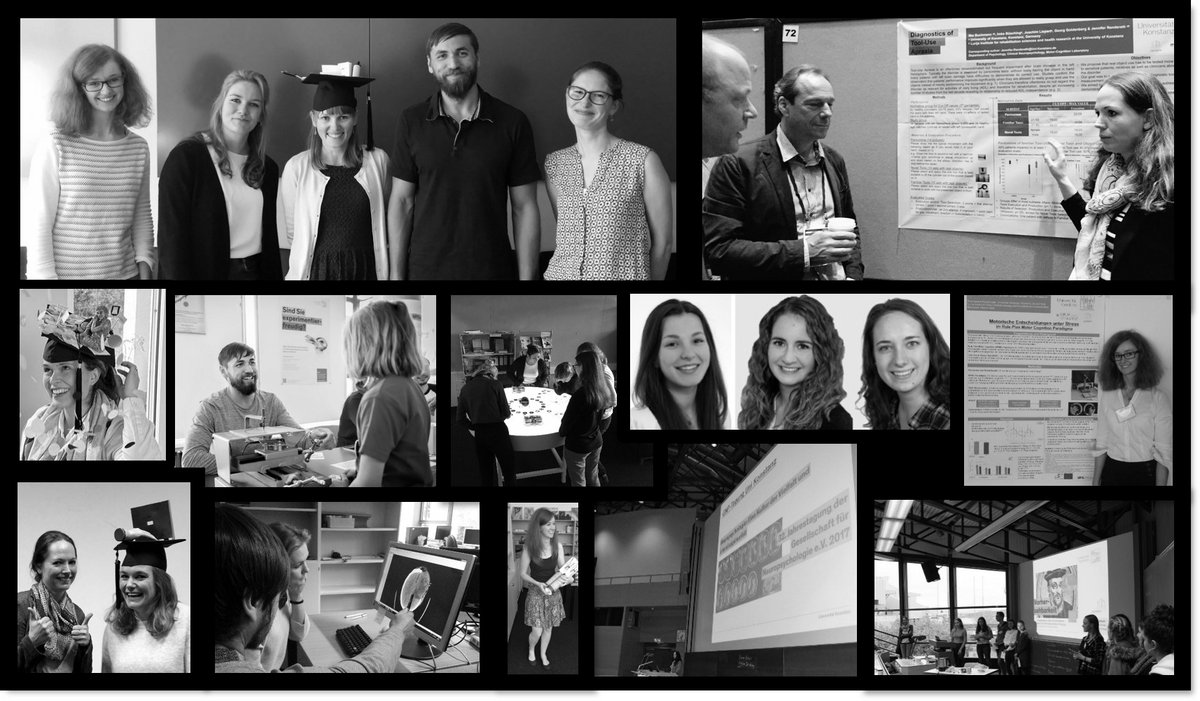New article published in the 'Does it fit?'-series
To appropriately decide whether certain actions are at all possible (e.g. crossing the street, reaching for the coffee mug or sticking the hand into the slot of a letterbox in order to quickly grab the mail) is an essential ability for dealing with everyday life activities.
In our series 'Does it fit' we demonstrated that patients with brain damage perform worse in deciding whether the hand may fit into a given opening compared to healthy age matched controls (link). In another study we demonstrated that healthy older participants responded more conservatively compared to young adults. However, both healthy young and older participants were able to improve their judgment performance after training (link). The current study investigated healthy young versus older adults in their ability to adapt their affordance judgments to suddenly artificially altered body properties. See here how young versus older participants responded when judging whether their hand may fit into a given opening while wearing a handsplint:

